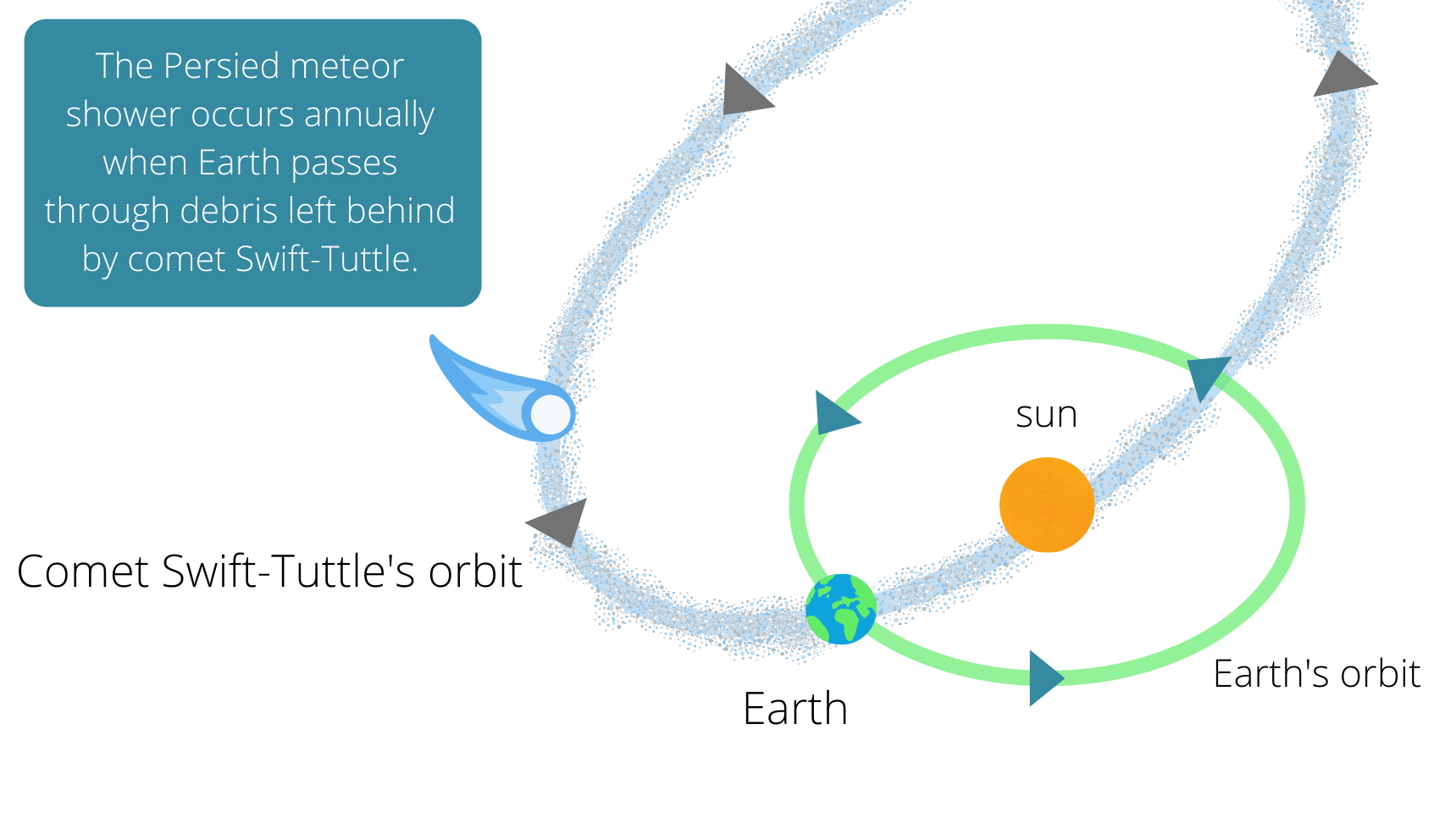How to watch the Perseid meteor shower live online tonight (Aug. 12)
Conditions look great for this year's Perseid meteor shower so why not sit back, relax and enjoy the show!
The Perseid meteor shower peaks overnight on Aug. 11 and Aug. 12, high rates of Perseid meteors can also be expected during the nights surrounding the peak. The best time to look for Perseids is in the predawn hours.
If you missed the Perseids last night or are unable to look for them in person, check out this free livestream hosted by astrophysicist Gianluca Masi of the Virtual Telescope Project. The livestream uses the project's all-sky camera, giving you a front-seat view of the dark skies over Maciano, Italy.
The livestream will begin at 9 p.m. EDT on Aug. 12 (0100 GMT on Aug. 13), weather permitting. You can watch all the action unfold here on Space.com courtesy of the Virtual Telescope Project, or directly on their WebTV page or YouTube channel.
"This year, the sky will offer perfect conditions (no moon interference), so don't miss the show!" according to the Virtual Telescope Project.
The Perseids are an an annual meteor shower visible between mid-July to late August. They are one of the most prolific meteor showers of the year, providing skywatchers with ample opportunities to catch a glimpse of a shooting star during the warmer summer nights.
The meteor shower is caused by debris left behind by comet Swift-Tuttle, the largest object known to repeatedly pass by Earth. It last swung by our planet in 1992 and won't return until 2126. As Earth passes through the comet debris, fragments of rock and ice enter Earth's atmosphere at speeds of up to 130,000 mph (209,000 kph), about 85 times the top speed of a jet fighter. These speeds cause the air in front of the debris to compress and heat up to thousands of degrees. This results in the dazzling trails of bright light known as meteors, or "shooting stars".
Meteor showers are named after the constellation from which the meteors appear to radiate from. From Earth's perspective, the Perseids appear from approximately the direction of the Northern Hemisphere constellation Perseus.
Breaking space news, the latest updates on rocket launches, skywatching events and more!
Though the moon will be approximately 50% illuminated during the peak this weekend, it will set around midnight, paving the way for dark skies until dawn, perfect for Perseid hunting.
Editor's note: If you capture a stunning photo or video of the Perseid meteor shower and want to share it with Space.com for a possible story, send images, videos, and comments on the view and your location, as well as use permissions to spacephotos@space.com.

Daisy Dobrijevic joined Space.com in February 2022 having previously worked for our sister publication All About Space magazine as a staff writer. Before joining us, Daisy completed an editorial internship with the BBC Sky at Night Magazine and worked at the National Space Centre in Leicester, U.K., where she enjoyed communicating space science to the public. In 2021, Daisy completed a PhD in plant physiology and also holds a Master's in Environmental Science, she is currently based in Nottingham, U.K. Daisy is passionate about all things space, with a penchant for solar activity and space weather. She has a strong interest in astrotourism and loves nothing more than a good northern lights chase!


